The reasons not to buy a traditional family saloon now seem so numerous and widely acknowledged that to put such a car on your driveway would almost risk social stigma.
Our heads haven’t been turned away from these conventional, mid-market cars so much as spun like upturned castors. Those who haven’t either downsized or been lured upmarket are probably now driving a crossover, compact SUV, MPV or estate. Somewhere along the line, ordinary saloons became that bit too ordinary.
Read more about what we think of the dependable Ford Mondeo
Time for a fightback – perhaps. But how much fight has the humble, mid-sized, volume-branded four-door got left? What happens when you reimagine and readdress one of the oldest vehicle concepts of them all for the modern motoring setting? Just how appealing are the results?
You could not ask for more dependable exponents of the type than the latest Ford Ford Mondeo and Volkswagen Passat. Both are all-new models from blue-chip European car makers with impeccable pedigrees. And here’s some good news up front: both breathe new life and transformative allure into a grand old market niche once too big to be described as such.
At the risk of spoiling the next couple of thousand words, each of these cars would make a fine, appealing alternative to any family car, premium-branded or otherwise. Don’t feel sheepish if you end up quietly wanting one. Dismissing them out of hand would be a much bigger offence.
Only one can win through this opening part of our saloon car comparison, of course – and for that car, a greater challenge is in store. But initially, the yardsticks against which this pair will be measured are threefold.
Their nearest and bitterest rival, the Vauxhall Insignia, is present because no Mondeo group test could happen without the successor to the huge-selling Vectra and Cavalier. Steadily moving upmarket, next in wait lies Volvo’s S60, fitted with the recent and creditable D4 diesel engine. After that comes a true premium German test of mettle in the shape of the Audi A3 saloon.
The cars are assembled in relatively high-output 2.0-litre turbodiesel guises. Power outputs range upwards from the Ford’s 178bhp to the Vauxhall’s 192bhp, and peak torque is an identical 295lb ft in all but the Audi. Each hits 62mph in nine seconds or less, all bar one qualify for benefit-in-kind taxat a comparable rate, and each can be leased on typical company terms for less than £400 per month. And still, a careful eye will identify one true bargain from the pack here – while a decent drive unearths plenty more.
The A3, Insignia and S60
First, to the supporting cast. It’s tempting to make assumptions about four-door saloons, because they’re such familiar things. No one looks at a Citroën C4 Cactus and has much of an idea what owning it will be like, but a Volvo S60 doesn’t challenge your preconceptions so readily. Received wisdom encourages us to believe that the Volvo will be comfortable but straight-laced, the Vauxhall drab but cheap and practical and the Audi classy, pricey and a little bit soulless.
Don’t believe it. These days, Volvo does alternative design appeal with practised skill and the S60’s good looks get it off to a strong start. Compactness is key to its visual appeal, though, and you may be surprised to find out that, while blessed with comfortable seats, good visibility and sensibly sized and sited switchgear, the S60 isn’t so spacious. It isn’t spacious at all.
The car’s relatively high-set front seats grant little packaging advantage and adults travelling in the back will struggle a little for both headroom and legroom. The S60’s 380-litre boot is the smallest here – little bigger, in fact, than you get in plenty of smaller hatchbacks. Despite having equally cramped rear passenger quarters, the A3 offers 425 litres of boot space, whereas the Insignia puts both to shame with 530 litres – by substituting the class’s default saloon boot arrangement for a more practical hatchback.
The Insignia Sports Tourer that we tested stood in for a standard five-door hatchback because Vauxhall couldn’t supply a five-door test car in the right specification. Luckily, we know the latter well enough to be able to declare it one of the class’s more spacious offerings anyway.
Settled into the driver’s seat, even a bigger adult is well provided for in all three. The Audi’s interior ambience sets the car apart by being not just rich and solid to the touch but also modern and attractive. It’s a car laden with discreetly integrated technology and finished with intricate style and care.
Equal care has gone into the S60’s interior fittings, although perhaps not equal budget, the emphasis here being on robustness and ease of use. While the Audi’s cabin is spectacular and the Volvo’s pragmatic, the Vauxhall’s is monochrome and materially undistinguished, but it’s also comfy and highly equipped.
Contending this exercise in Elite Nav specification, the Insignia can offer colour sat-nav, heated leather seats, automatic gearbox, DAB radio, cruise control, 18in alloy wheels and FlexRide adaptive dampers all as standard in a package that still undercuts most, if not quite all, of the competition. Dress the Audi up to the same specification and it’s a near-£40k buy.
But on performance, the Insignia has the ignominy of being both the most powerful and the slowest-accelerating car here. Its torque converter transmission seems to misplace a good 10 per cent of the engine’s power and won’t be hurried when delivering ratio changes. The transmission works better at a laid-back pace, but at all times the engine is relatively noisy, coarse and willing to return only about 40mpg in mixed use. Both the A3 and the S60 will approach 50mpg.
The S60’s eight-speed automatic gearbox seems to transmit drive more efficiently than the Insignia’s six-speeder. Its engine is much quieter and, in actuality, feels more potent.
It’s at its best managing shifts smoothly at busy-road cruising speeds – exactly how Volvo would want it, no doubt. But as with the Vauxhall, the Volvo’s powertrain feels a little clumsy when you hurry it, particularly away from a standstill.
Although it’s not an entirely fair comparison, the Audi’s punchy 181bhp 2.0-litre diesel engine and slick six-speed manual gearbox combinevery effectively. The most surprising thing about the A3 is how well it plays the zesty little sports saloon. Feeling not only fast but also responsive and even a little engaging, the Audi’s grippy, balanced chassis does it great credit.
Our test car had its S-line sports suspension deleted. Although firmly sprung and a little hollow-riding, it’s not without compliance. Its steering has a familiar lack of feedback, but there’s also consistency of weight and enough directness and response to involve.
The Insignia and S60, by contrast, both seek to reassure, cosset and couch. The bite of the Audi’s handling is substituted for high-speed stability, absorbency and isolation – to more convincing effect in the Vauxhall than the Volvo. Whereas the Insignia retains decent steering feel and a fairly fluent ride, the S60 steers with unnerving lightness and some traction-related directional interference. Worse, its ride feels wooden and heinously underdamped over bad surfaces traversed with anything but patience and caution.
The Mondeo and Passat
Into which melee enter the new Mondeo and Passat. Completeness and integrity gush forth from both debutants like crude from a freshly drilled oil well. Both are handsome objects, the Ford as newly curvaceous and coupé-like as the Volkswagen is smart, sharply cut and expensive-looking. You’d be proud to own either – possibly the Passat more so, on account of its visual class and the desirability conferred by its badge.
The Passat decimates the Mondeo on cabin ambience and quality. If it wasn’t so steadily conventional, it would give the A3 a run for its money, too. Its fascia is all brushed aluminium and gloss black punctuated by satin chrome, the effect convincing enough to outshine most premium options this side of a Mercedes-Benz C-class.
The Mondeo’s cabin leaves a bit to be desired. Its materials are plainer, the fit, finish and attention to detail on show are nowhere near as meticulous, its ergonomic layout isn’t as good and its multimedia system looks and feels much less sophisticated.
Occupant space is generous in both the Ford and the VW, with the Passat shading the contest here, too. The Ford hits back on usability, though, its liftback set-up making its 541 litres of boot space so much more accessible than the VW’s 586.
But value for money argues as hard for the Mondeo as apparent substance does for the Passat. There’s just over £3000 between the cars on list price – more when you correct for standard equipment. But the difference is greater still for the contract hire-paying company car driver. Our sources suggest that the Passat will set you back more than £380 a month on a typical three-year, 36,000-mile lease, whereas the equivalent Mondeo is opening for business at less than £320.
To drive, it’s the VW that has initial bragging rights, being faster to accelerate, leaner and more powerful. The Passat has the more relaxing motive character, with lighter controls and a more pliant low-speed ride. But for the money, the VW ought to be effortlessly superior: better handling, more engaging, more refined and generally more deeply talented than the cheaper Mondeo. Actually, it’s none of these things.
The Mondeo’s suspension keeps a habitually tauter check of the car’s body movements, so at low speeds and over gentler intrusions it’s a slightly firmer-riding machine. But when the bigger tests present, its dynamic quality shows. Bumps that thump through and disturb the VW are sucked up by the Ford’s shocks, so your confidence in its abilities is greater. Its power steering is heavier and a little elastic but more consistently paced and more dependable for contact patch feel.
The Ford feels marginally the larger car on a back road, but still the more poised through a corner. The Mondeo also does a better job of motorway refinement – a shortcoming that Passat owners may be less inclined to forgive than the others.
The verdict
I was expecting this decision to be much harder to make, but when the most affordable and practical car in your group test is also the most refined and so clearly the most dynamically gifted, the verdict writes itself. Despite a slightly sticky start to life in our road test a few weeks ago, the new Ford Mondeo has arrived and has now unquestionably earned its stripes.
So, does the Mondeo beat the BMW 3-series too?
This is an addendum rather than a denouement. Most BMW 3-series drivers will need more than our word for it to abandon their rear-driven status symbols for the kind of car that their corporate inferiors tolerate. Likewise, if £316 a month is what you can afford for a Ford Mondeo, £441 a month for a 320d may very well be a bridge too far for your wallet. Despite their apparent similarities, these are cars from different worlds.
And yet, given how consummately the Mondeo outhandled its more immediate competition, we wanted to see how it compares with the kind of 3-series that you might very well end up in if you stumped up that extra wedge a month: a fleet-special 320d Efficient Dynamics with standard 16in alloy wheels and low-resistance tyres, less power and torque than the Ford and just a few carefully chosen options.
We rated the regular 320d saloon highly enough in 2011 to award it a five-star road test score and still consider it to be the compact executive class’s outstanding power, but we’re less familiar with the Efficient Dynamics version.
Its differences aren’t only 20 fewer horses, half a second to 62mph and three per cent less of the list price on your P11D. The ED version uses a longer final drive than the normal 320d, has suspension lowered by 15mm for aerodynamic improvement and must run on those 16in rims and Michelin Energy Saver tyres to qualify for its tax status.
The upshot is a car of notably compromised ability on several fronts, but most regrettably on ride and handling. We know the 320d as a car with an uncorrupted, feelsome front end, of natural, classically rear-driven cornering poise and a carefully tuned meeting of ride compliance and sporting control. The ED version is different.
Those wheels and tyres dramatically reduce the car’s lateral grip levels but do even worse for its steering, cutting the confidence and communication flowing through the rim by half. The tyres create more road roar than a premium-branded car really ought to suffer, and that combines with mechanical noise from under the bonnet to make the BMW a decidedly average prospect on refinement.
Worse still is to come as a result of the car’s shortened suspension springs. These cause the chassis to run short on travel before the dampers can take the sting out of fairly innocuous-looking lumps and bumps in the road. Too often they set up pitching and porpoising reactions from the body in the absence of simple primary ride control.
Next to that, the Ford’s superiority is absolutely plain; it rides better, handles better, grips harder, communicates better, is more refined and is quicker above urban speeds.The truth is that if this particular BMW had been thrown into the group test that you’ve just read, it would have rated in the bottom half. A normal 320d would probably have triumphed.
But it’s equally obvious how much credit is due to Ford of Europe for taking an American-market Fusion saloon and turning it into something pretty special in the Mondeo. The car may have its failings, but it’s still capable of taking a memorable scalp.
Read Autocar's previous comparison - three-cylinder engines on test
Ford Mondeo 2.0 TDCi 180 Powershift Titanium
Price £26,235; Typical contract hire quote £316; Engine 4 cylinders, 1997cc, turbodiesel; Power 178bhp 3500rpm; Torque 295lb ft at 2000rpm; Gearbox 6-spd automatic; Kerb weight 1589kg; Top speed 139mph; 0-62mph 8.6sec; Economy 57.6mpg; CO2/tax band 128g/km, 21 per cent
Volkswagen Passat 2.0 TDI 190 DSG GT
Price £29,380; Typical contract hire quote £384; Engine 4 cylinders, 1968cc, turbodiesel; Power 187bhp at 3500-4000rpm; Torque 295lb ft at 1750-3000rpm; Gearbox 6-spd dual-clutch auto; Kerb weight 1614kg; Top speed 146mph; 0-62mph 7.7sec; Economy 61.4mpg; CO2/tax band 119g/km, 19 per cent
Audi A3 2.0 TDI 184 S-line saloon
Price £28,110; Typical contract hire quote £374; Engine 4 cylinders, 1968cc, turbodiesel; Power 181bhp at 3500-4000rpm; Torque 280lb ft at 1750-3000rpm; Gearbox 6-spd manual; Kerb weight 1395kg; Top speed 150mph; 0-62mph 7.4sec; Economy 67.3mpg; CO2/tax band 109g/km, 17 per cent
Volvo S60 D4 Geartronic SE Nav
Price £31,195; Typical contract hire quote £363; Engine 4 cylinders, 1969cc, turbodiesel; Power 179bhp at 4000rpm; Torque 295lb ft at 2000rpm; Gearbox 8-spd automatic; Kerb weight 1580kg; Top speed 143mph; 0-62mph 7.4sec; Economy 67.3mpg; CO2/tax band 109g/km,17 per cent
Vauxhall Insignia 2.0 CDTI BiTurbo Elite Nav
Price £28,359; Typical contract hire quote £346; Engine 4 cylinders, 1956cc, turbodiesel; Power 192bhp at 4000rpm; Torque 295lb ft at 1750rpm; Gearbox 6-spd automatic; Kerb weight na; Top speed 142mph; 0-62mph 8.8sec; Economy 50.4mpg; CO2/tax band 149g/km, 25 per cent
BMW 320d Efficient Dynamics automatic
Price £31,265; Typical contract hire quote £441; Engine 4 cylinders, 1995cc, turbodiesel; Power 161bhp at 4000rpm; Torque 280lb ft at 1750rpm; Gearbox 8-spd automatic; Kerb weight 1495kg; Top speed 143mph; 0-62mph 8.0sec; Economy 68.9mpg; CO2/tax band 109g/km, 17 per cent

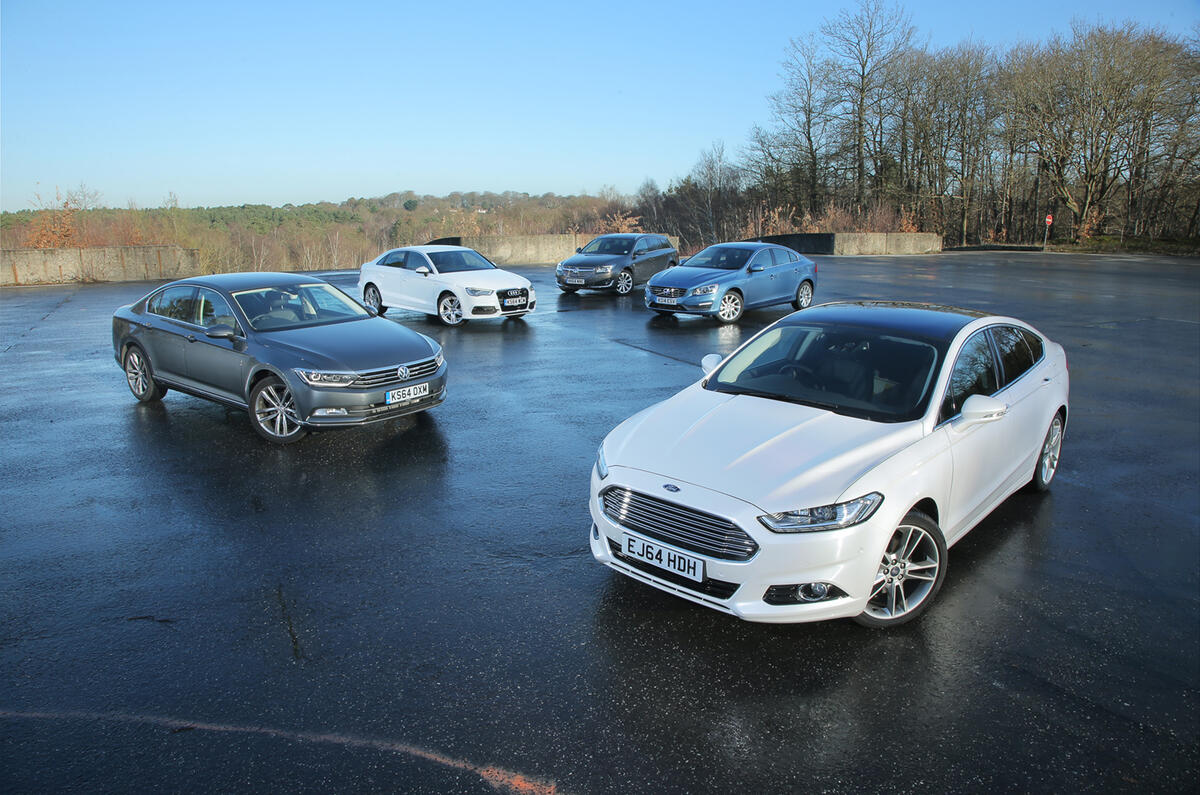
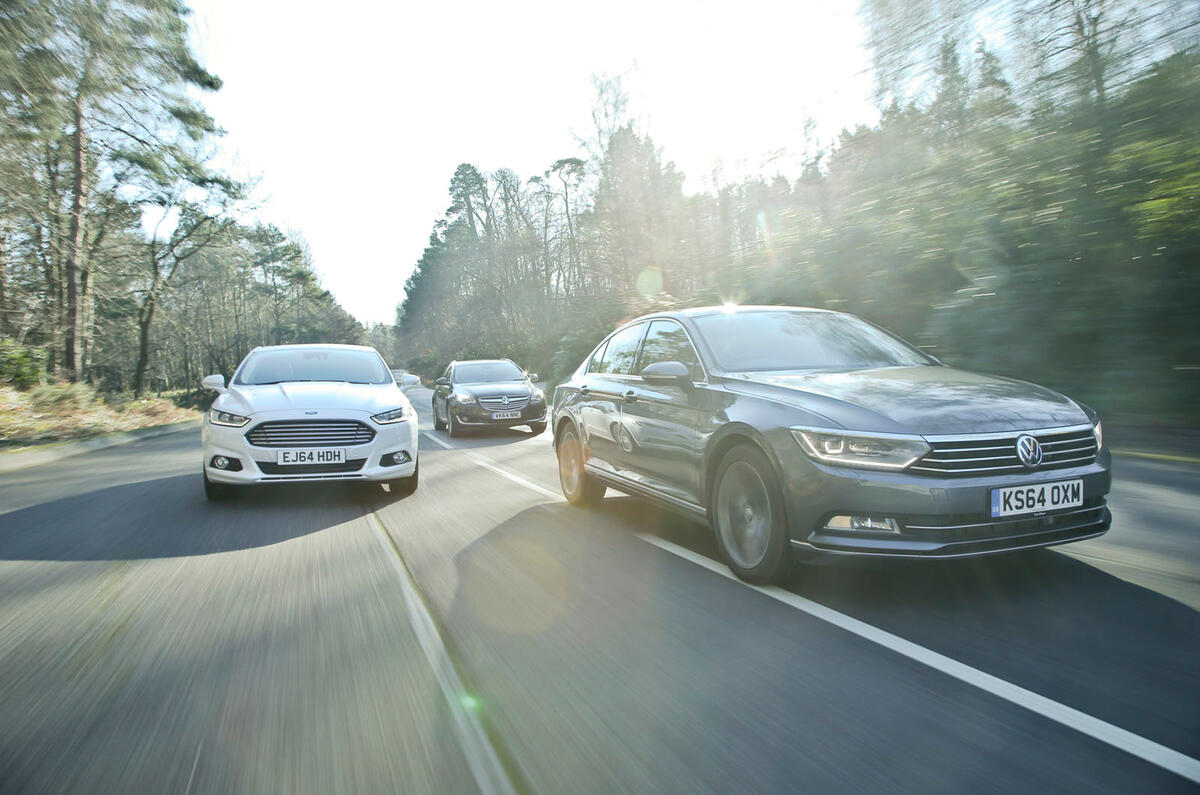
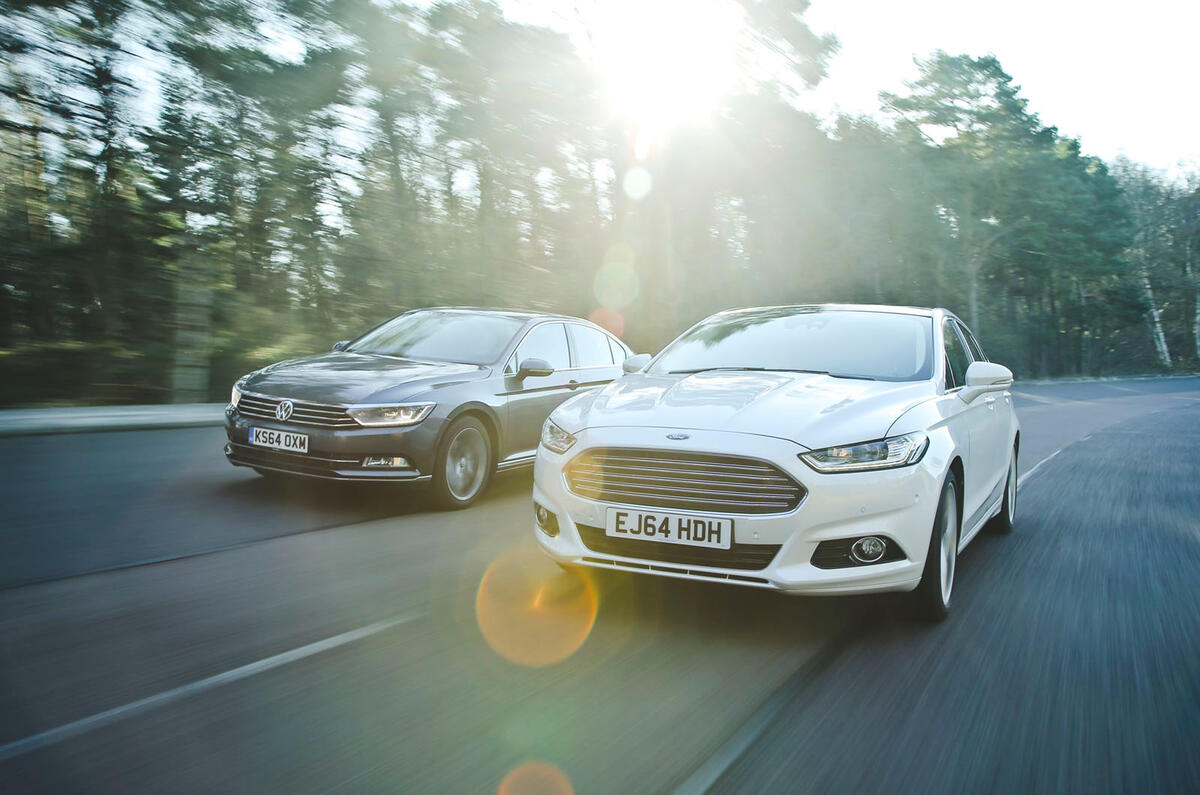
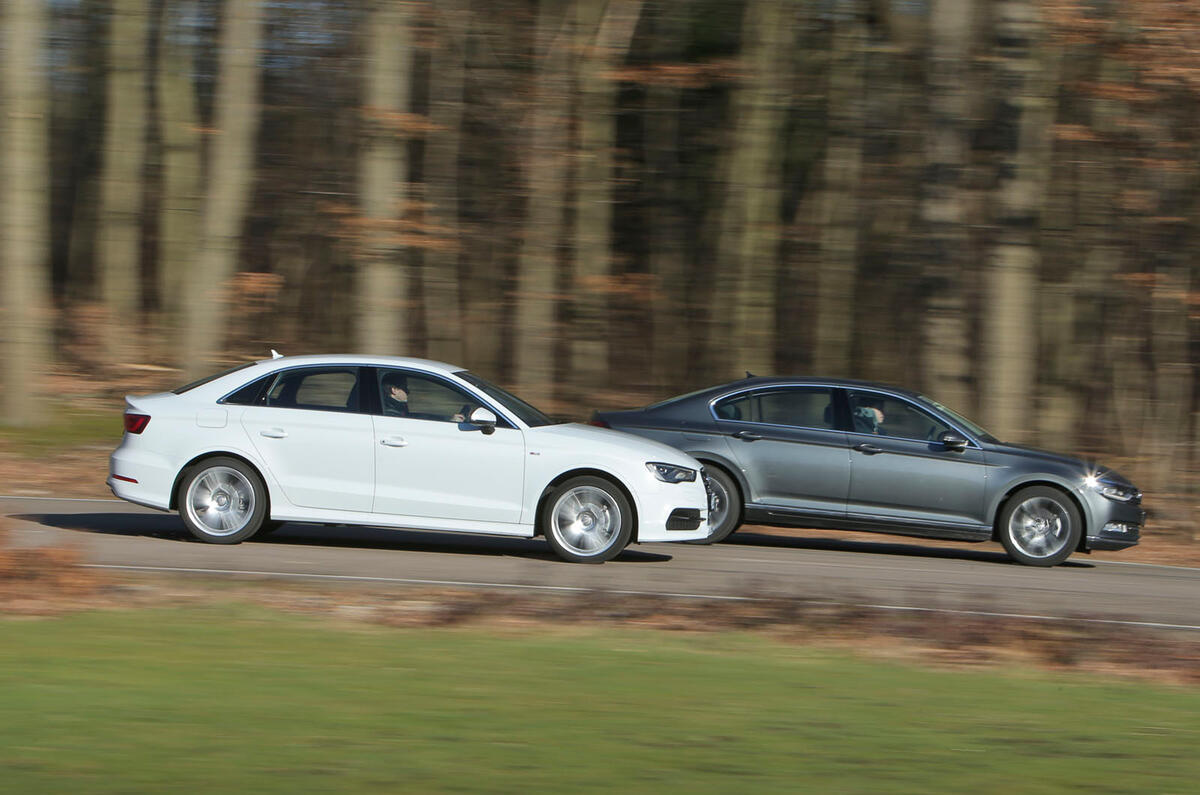
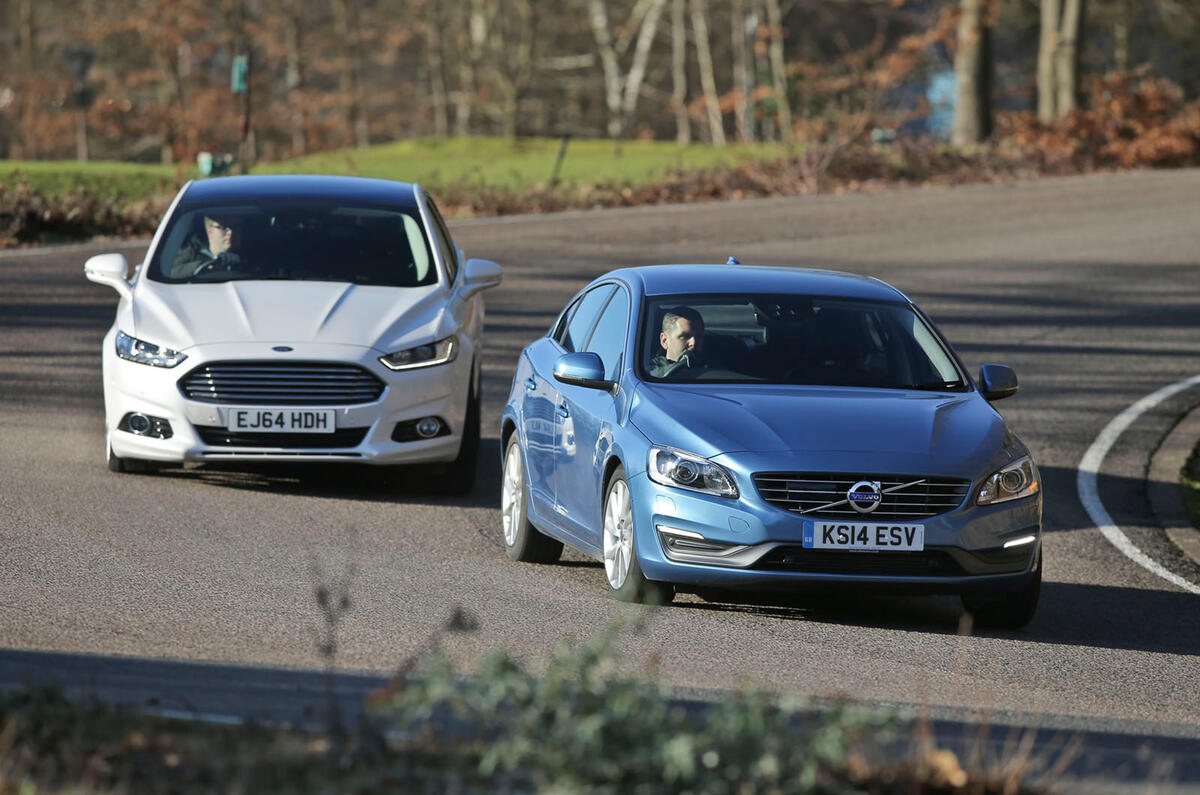
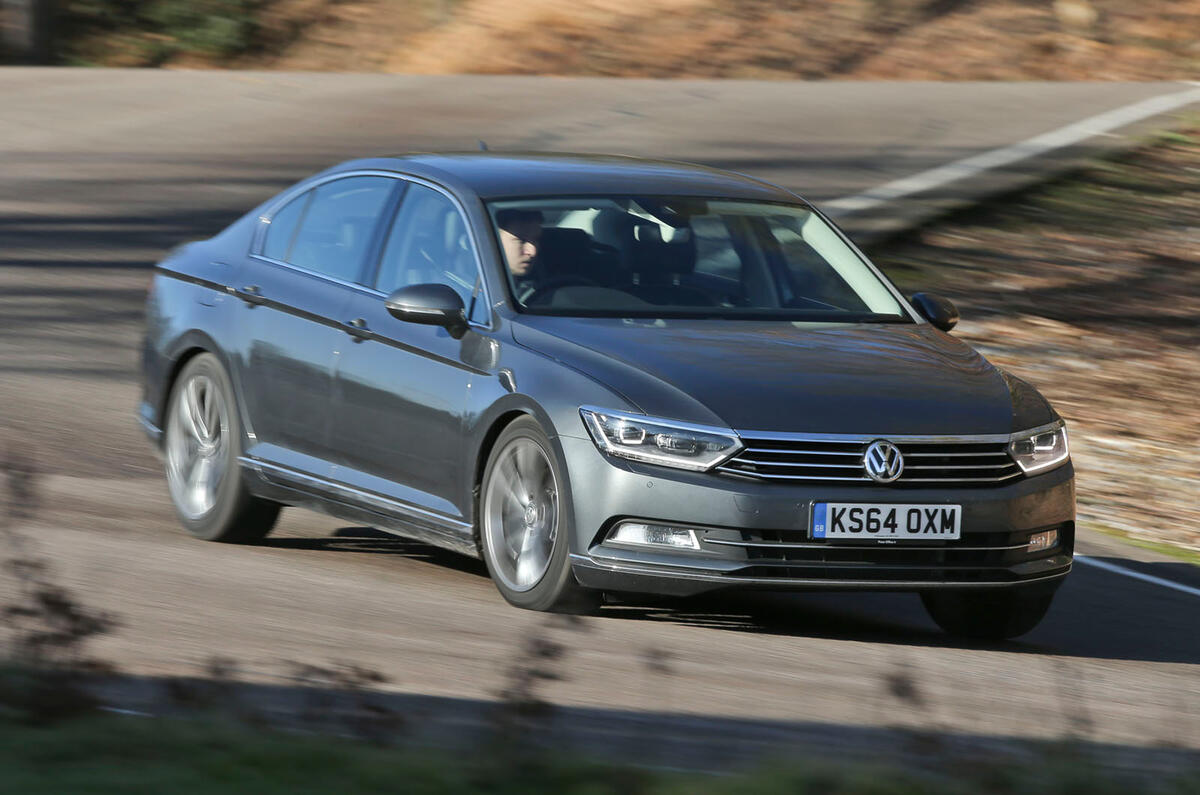
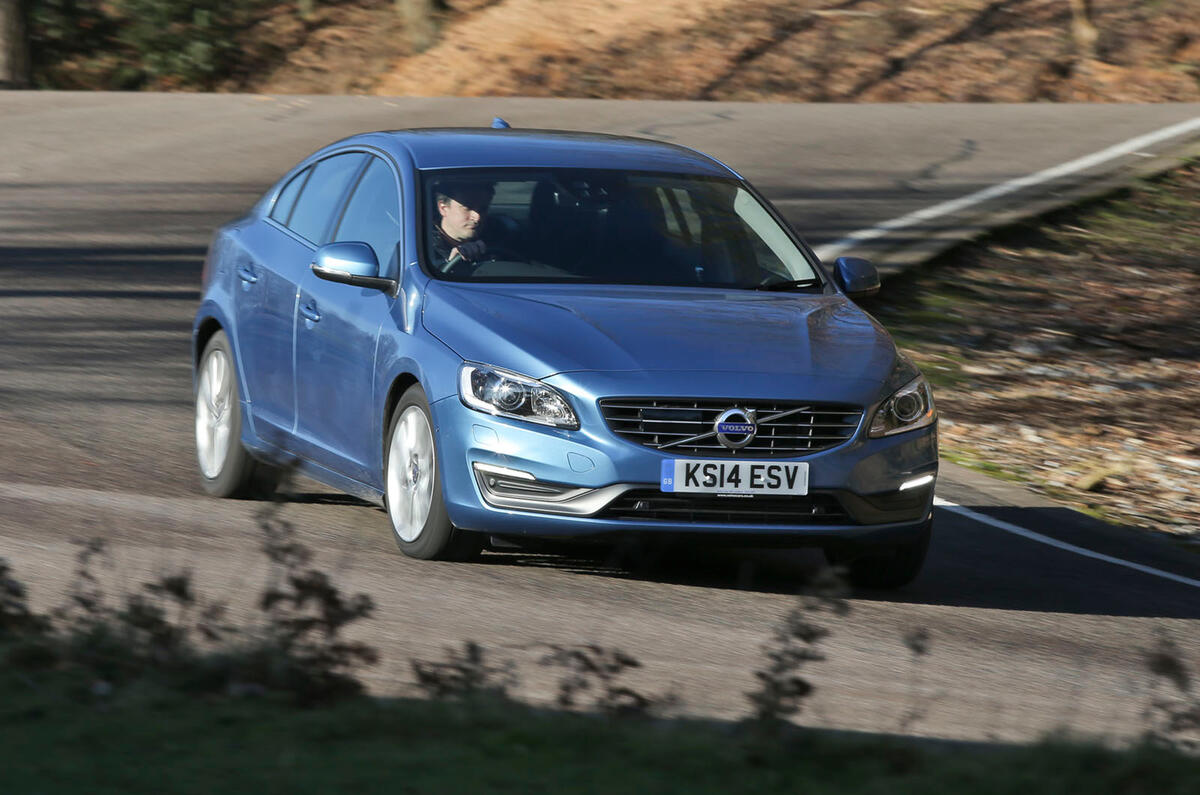

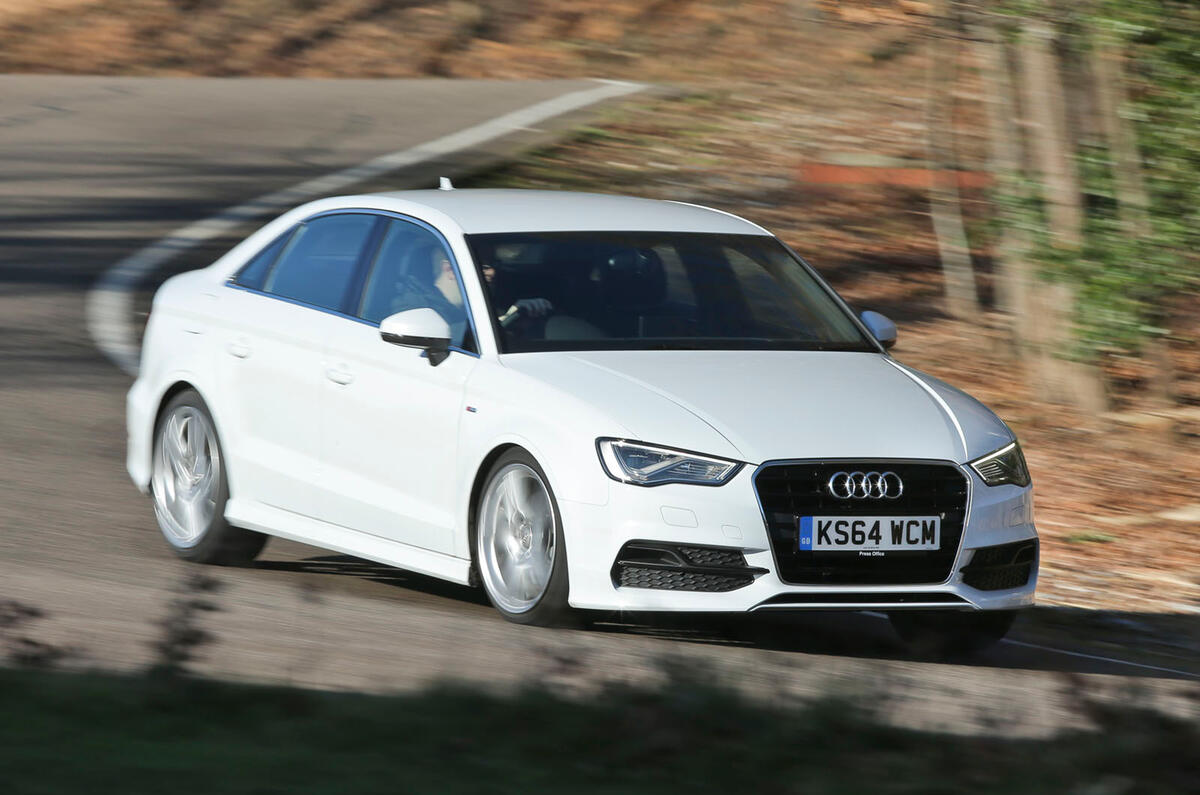
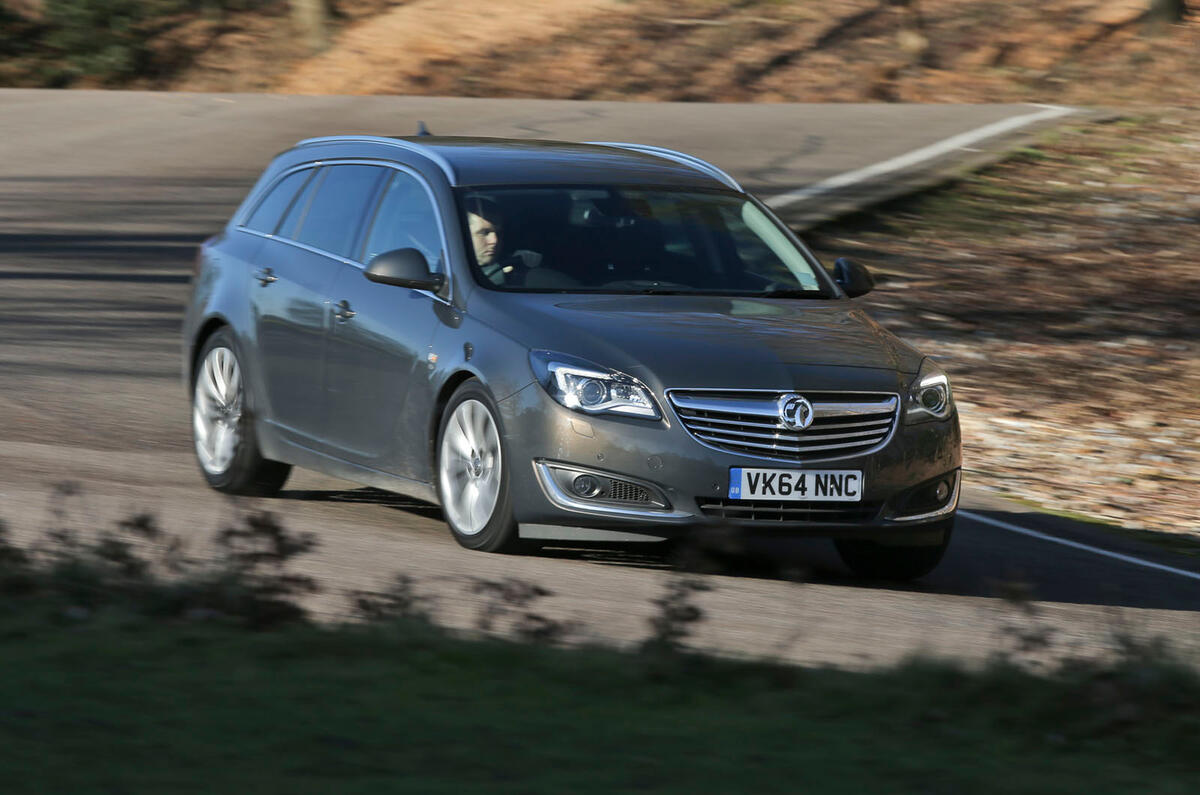
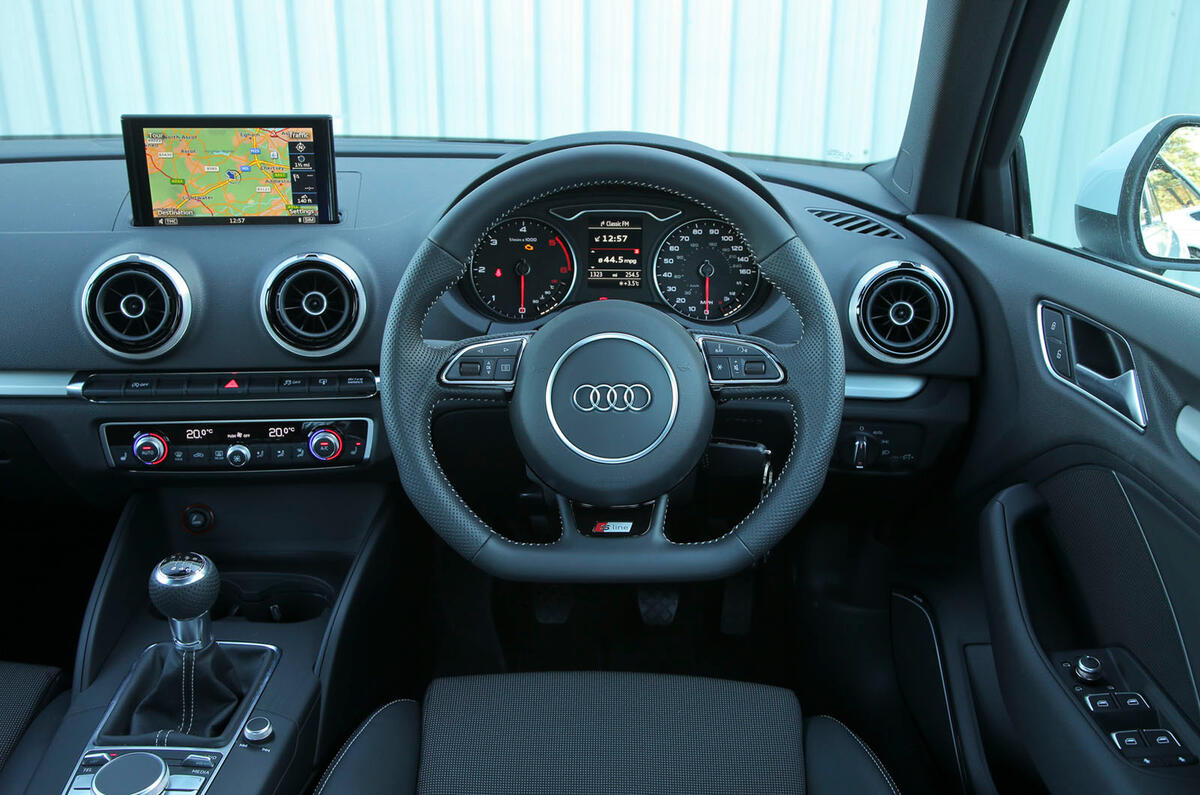

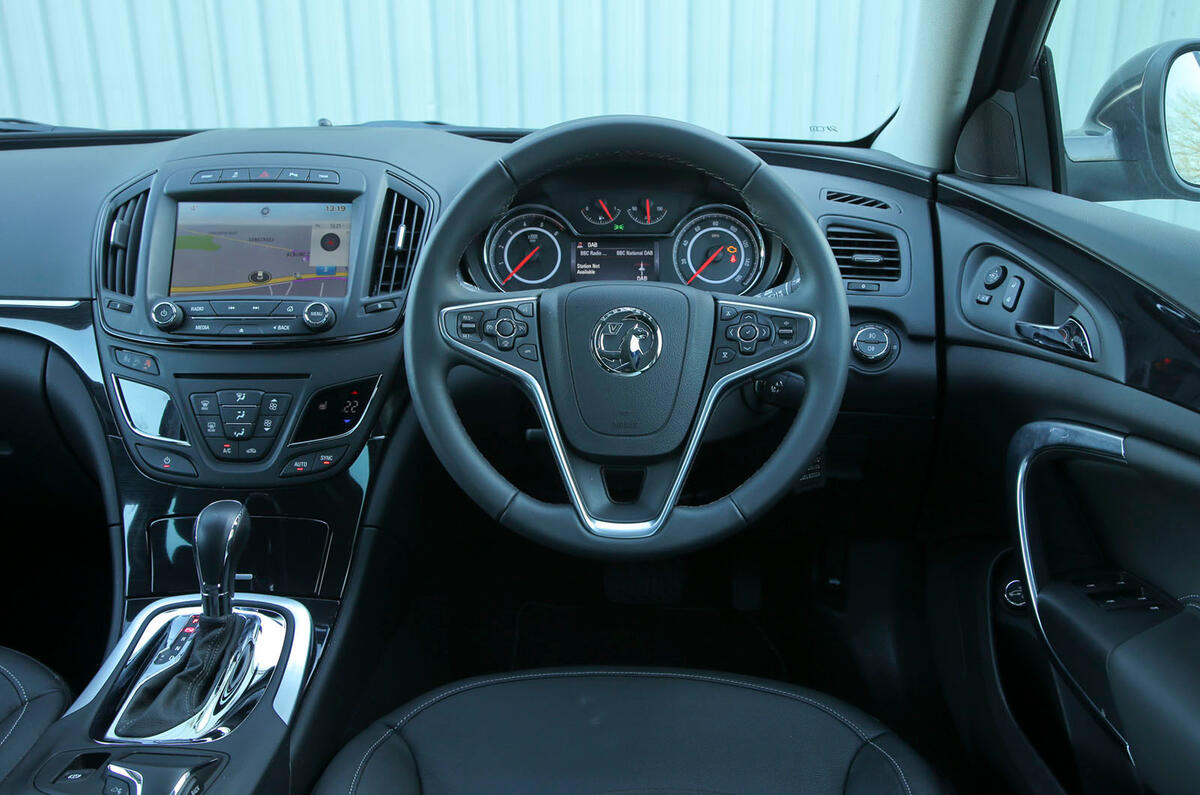
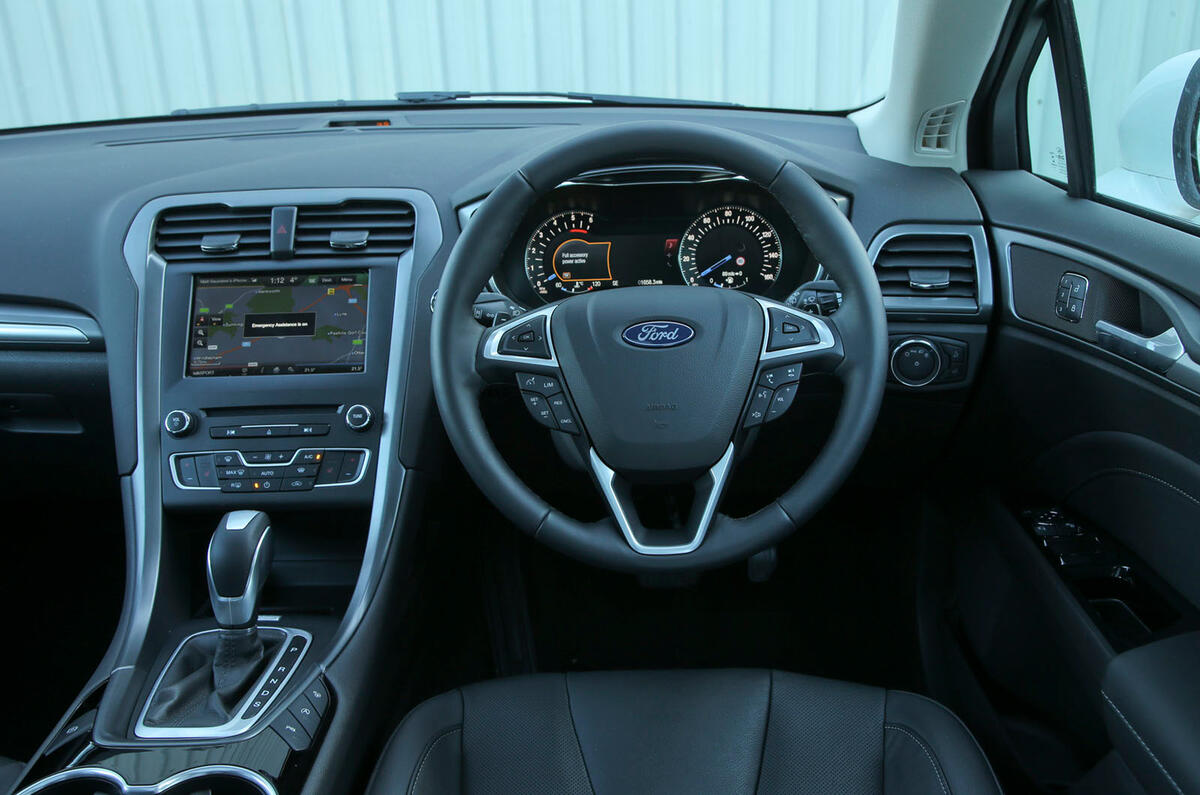



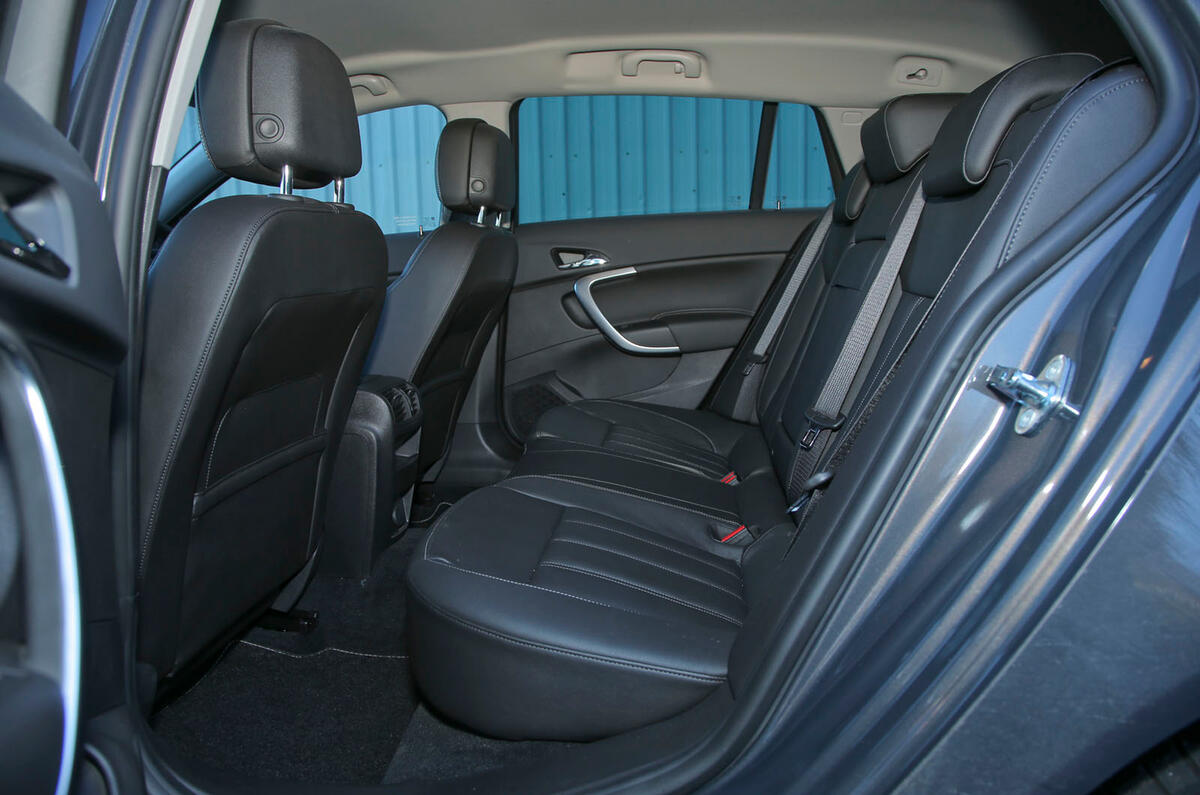
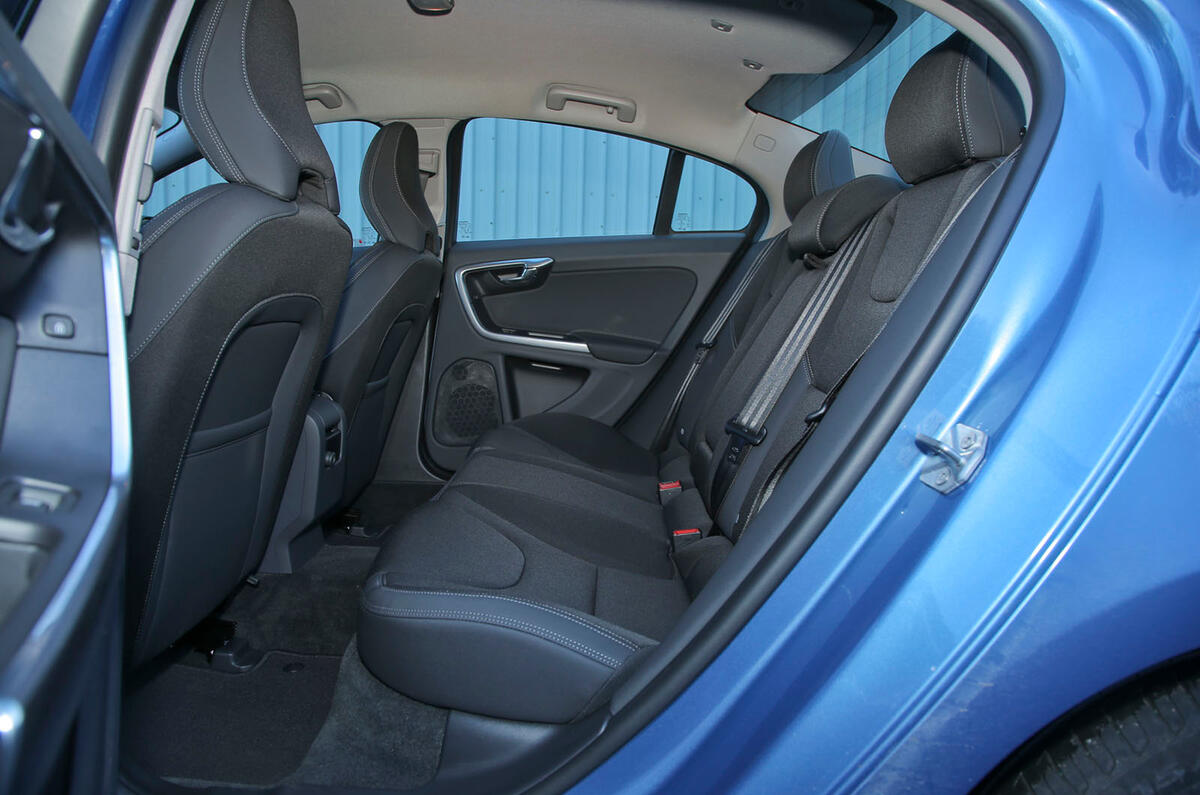
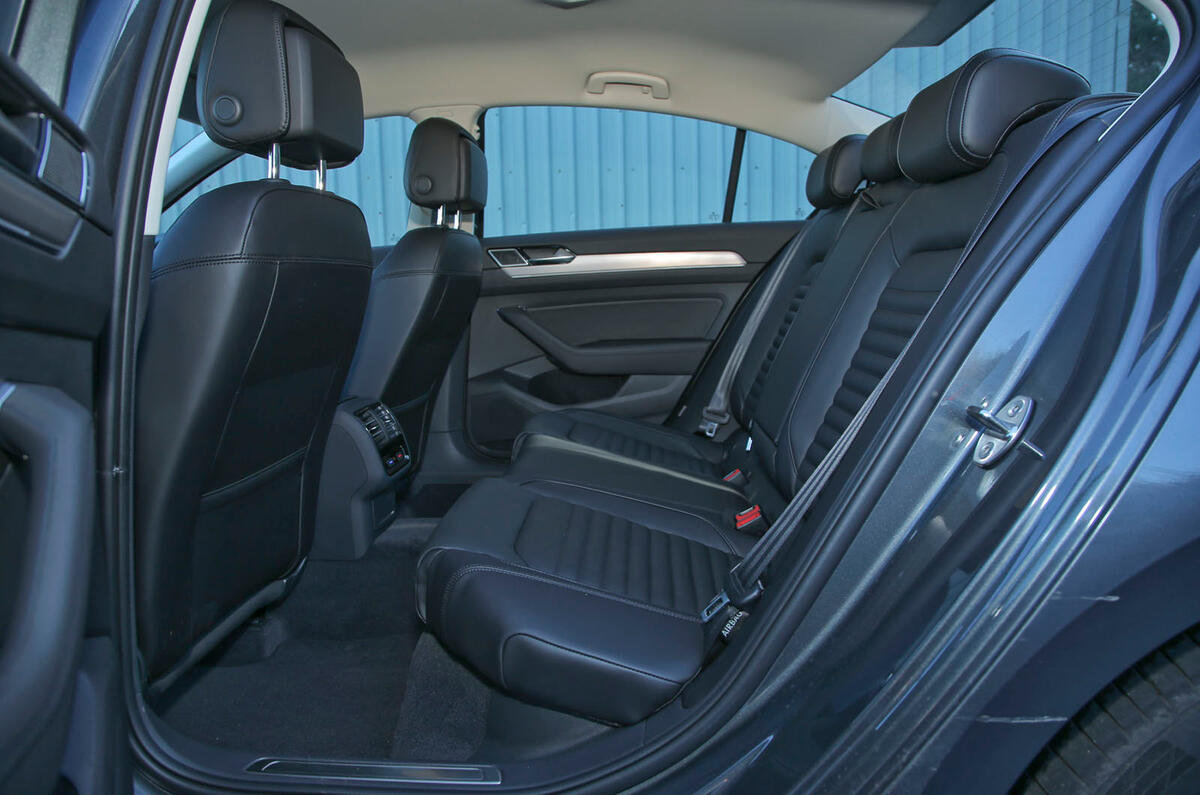
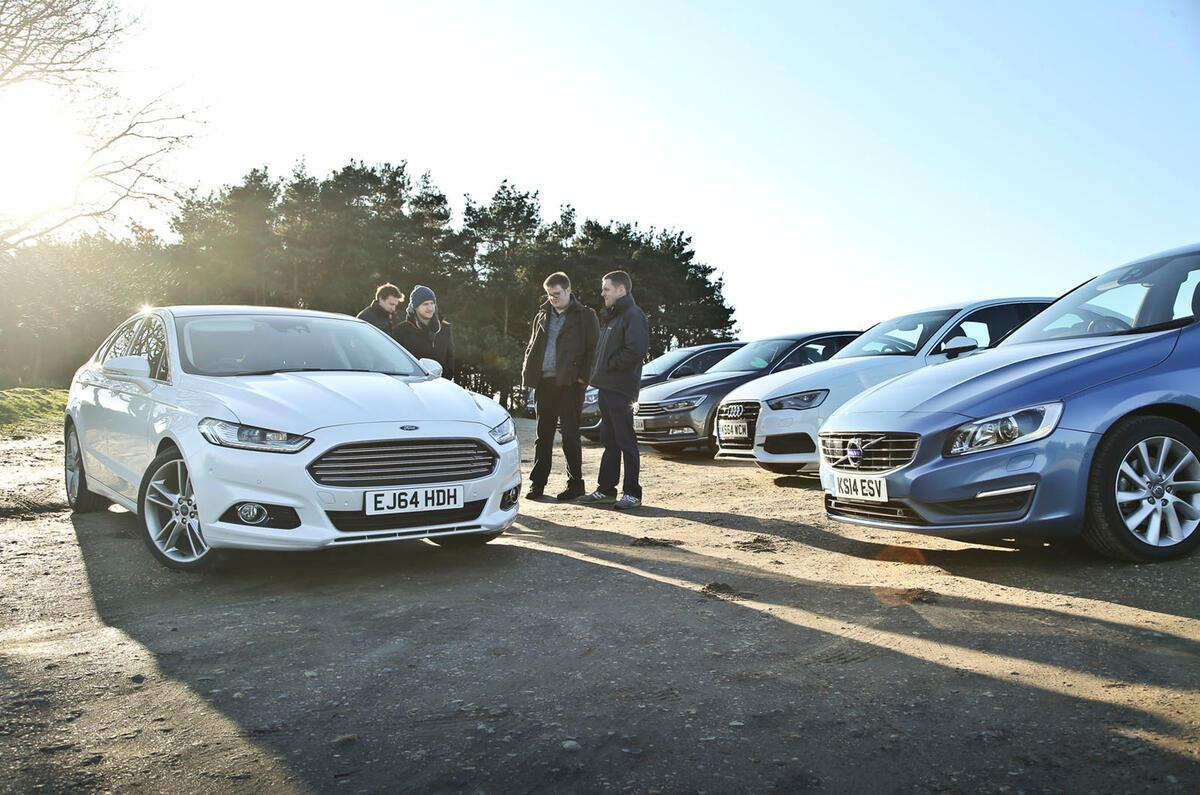
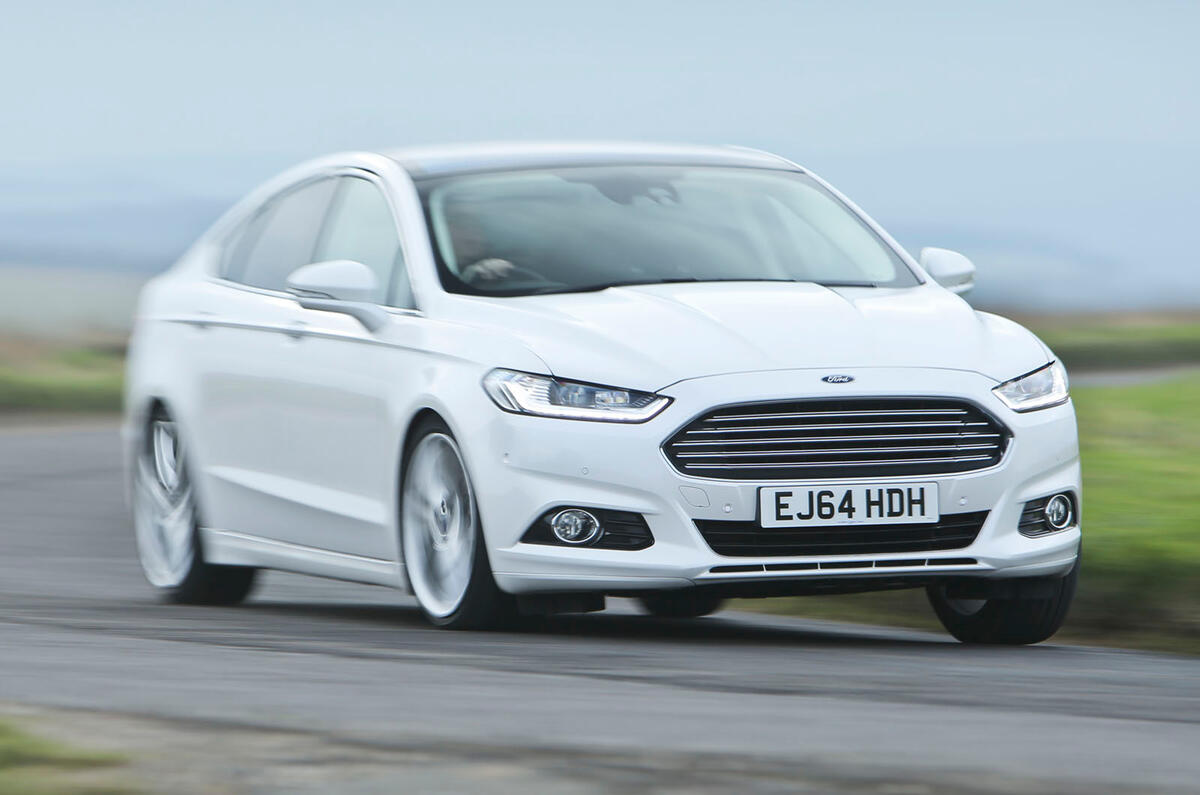
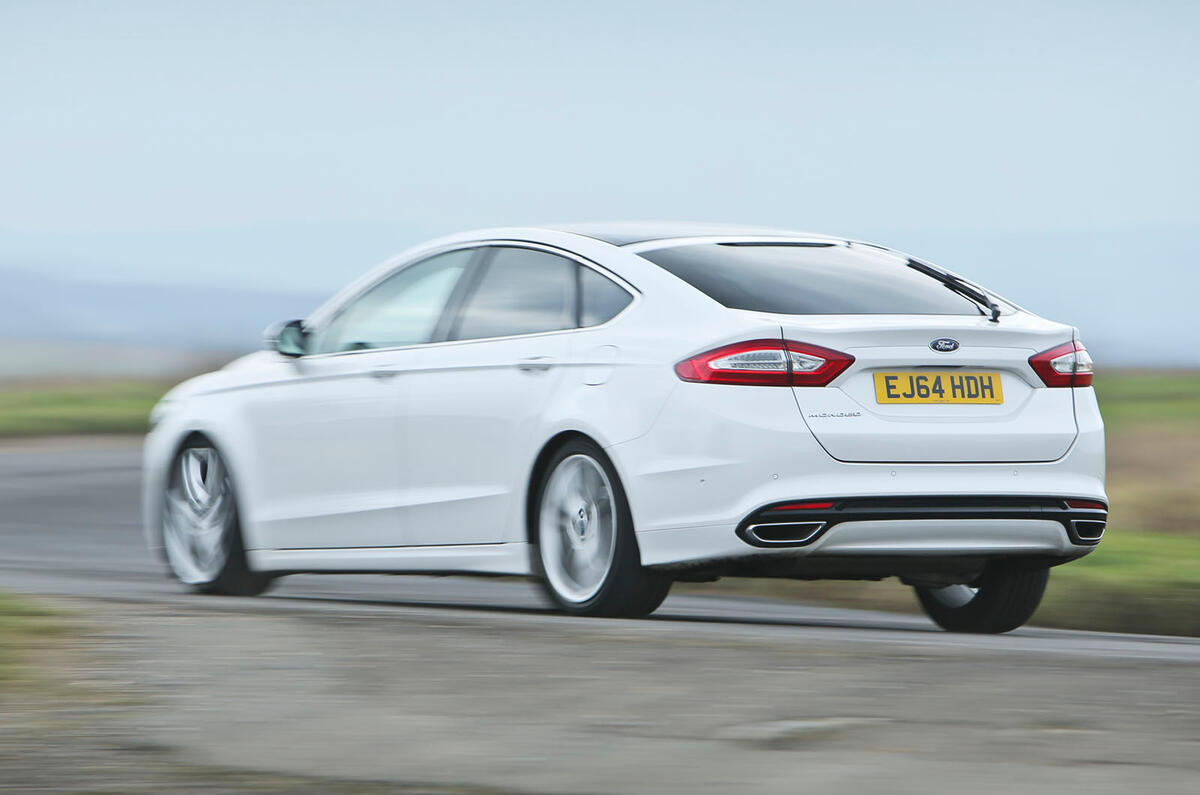
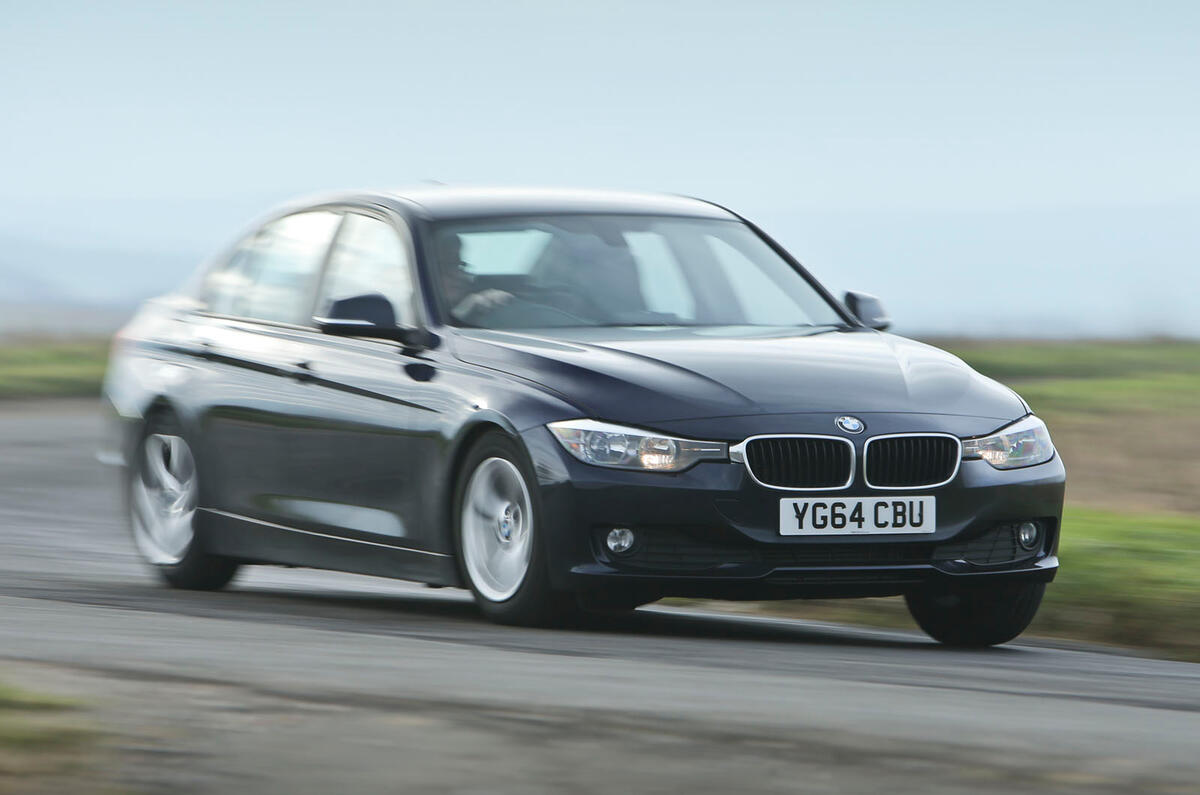
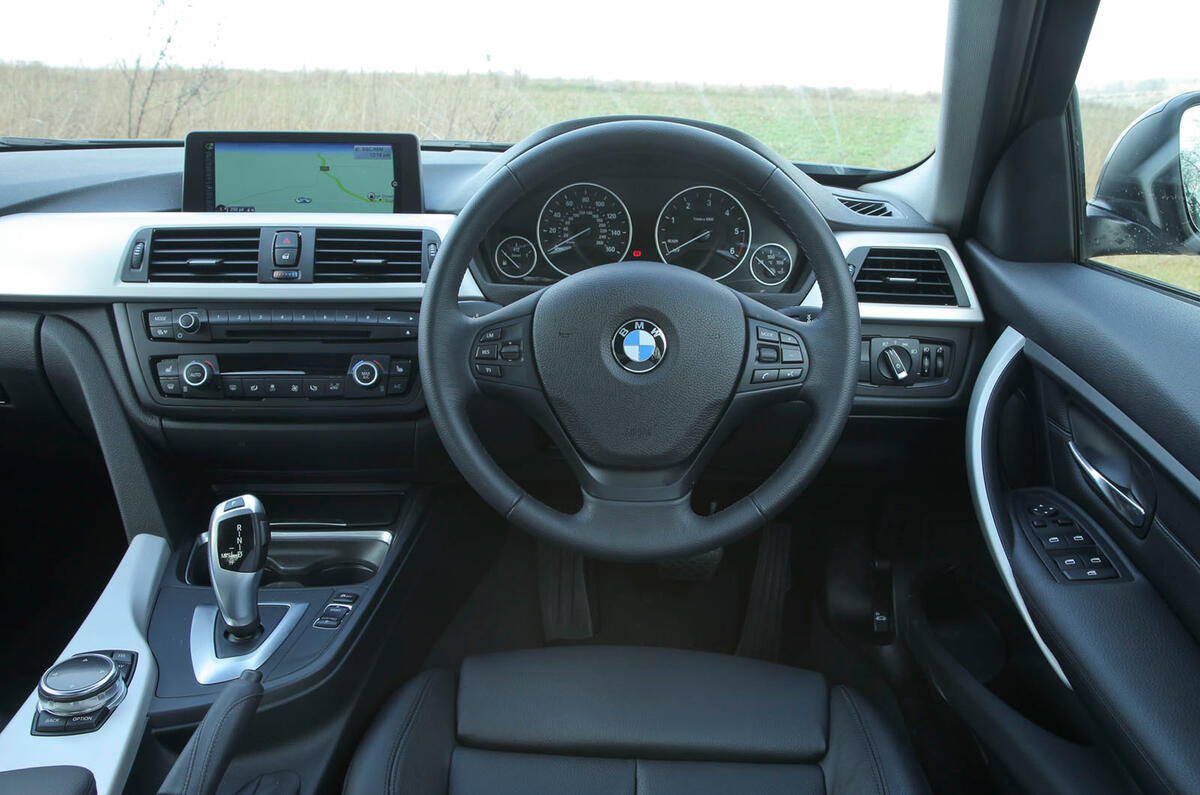


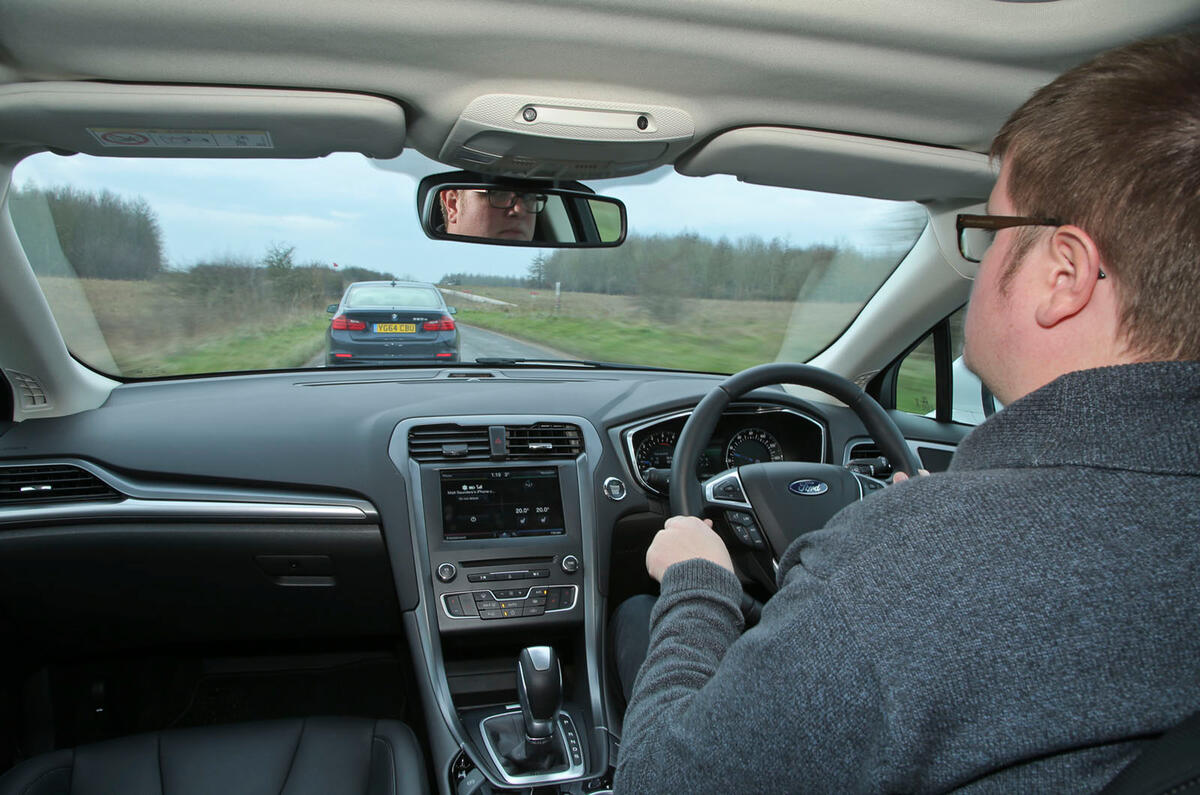



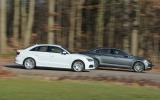

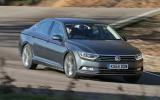


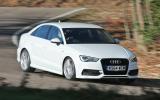

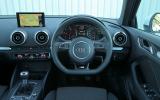


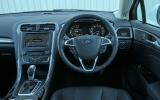

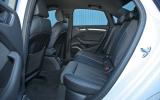
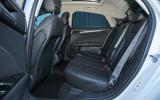


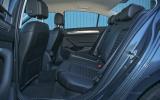

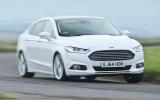
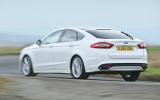

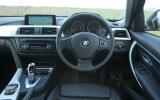

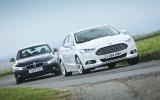







Join the debate
Add your comment
Matt - I suspect readers won't see this but you might.
Seems odd that the Skoda
The reason these cars exist, and why people still get them over cross-overs / SUV's is emissions. The crossovers and SUV's are usually in the realm of 150g/k upwards, whereas a 150 BHP hatch/saloon can be got easily in the 110g/K range, that's a big tax difference.
They are also very good cars. SUV's might be more fashionable, but only dummies buy cars because they are fashionable.
Still, that means plenty of cheap 3/4 year old cars for those with a bit of sense.
Baldersash
End of story